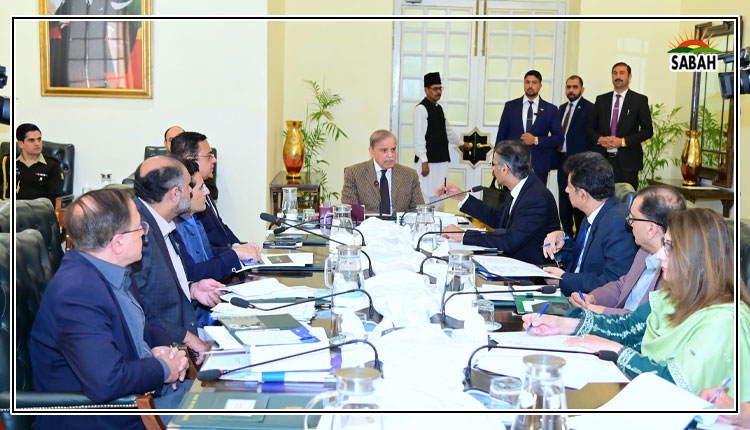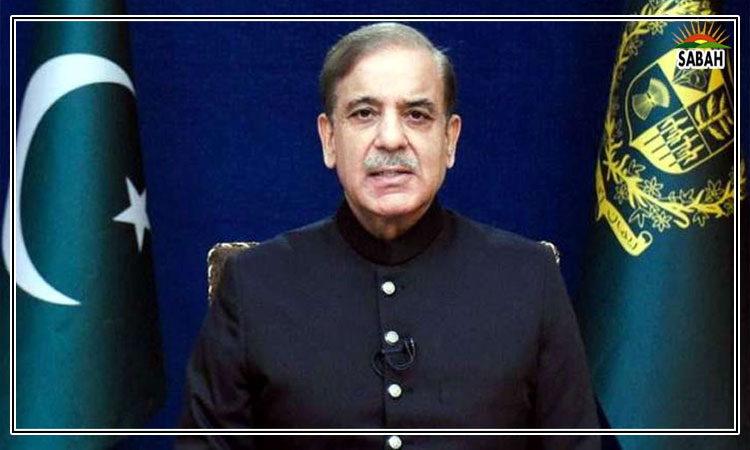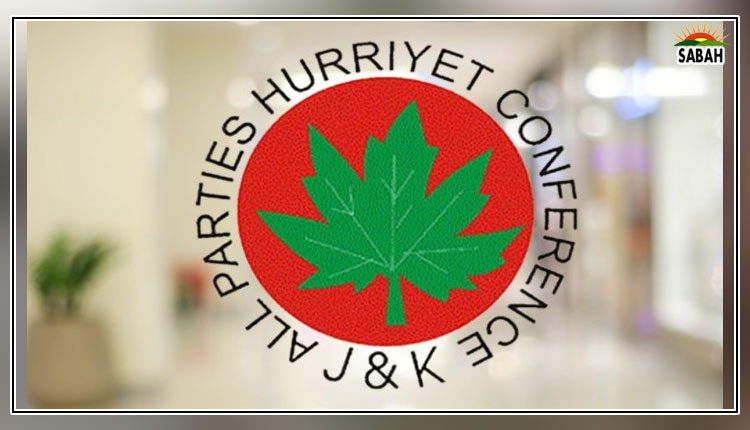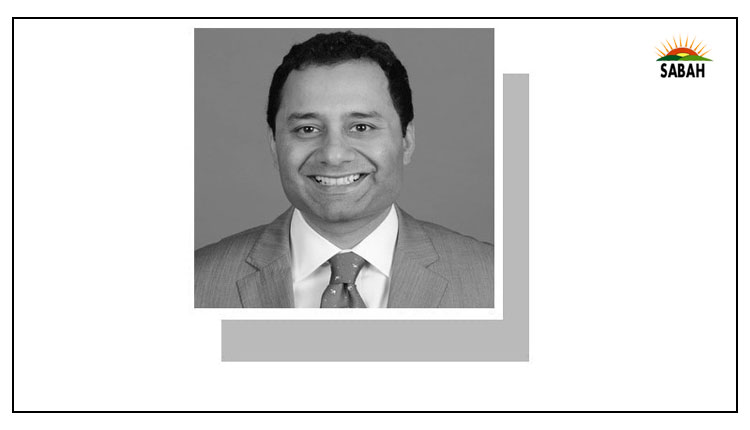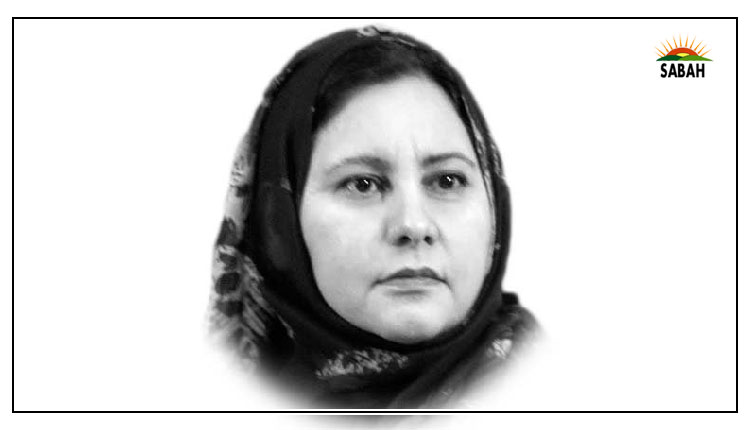Are kids alright?….Muna Khan
IM always impressed by the level of curiosity students bring to the classroom and this new academic year is no different. I enjoy discussing questions for which there are no right or wrong answers what is objectivity, what is truth, who decides who is a journalist, etc. However, in the six years I have been teaching various iterations of this course, something is different: these students do not feel hopeful. About anything.
This was in response to me asking if the media reports too much bad news, and if so, how would they correct it. Over the years, students have always felt theres a lot of bad news, then disagreed on how it should be rectified and if it was a journalists job to make audiences feel good, offer hope. This year though, this bright, inquisitive, thoughtful group of students didnt think there was anything to make them feel hopeful.
Im rarely at a loss for words but hearing this broke my heart that morning. They deserve better. In an attempt to create some optimism, I said I felt hopeful after reading about PPP giving land rights to 5,000 families in Larkana affected by the floods. Last month, Bilawal Bhutto-Zardari distributed the title deeds in womens names, which in itself is huge. It can have a ripple effect, I said.
Not many of my students knew about this. It hadnt created waves like the contenders for interim prime minister or anything to do with the former cant-be-named prime minister. They all knew about the Intercept story but no one had read the whole piece. Its not surprising to hear that none of them read a physical copy of the newspaper. They are, after all, digital natives.
Students didnt think there was anything to make them feel hopeful.
But because they dont see themselves or the issues that impact them in mainstream media, they are less eager to engage with news as its presented today. This has the beginnings of a media outlets nightmare: a future audience that does not want to consume the news its selling.
This isnt unique to Pakistan.
According to a study by the Reuters Institute for the Study of Journalism, 38 per cent of people it polled in the US said they sometimes or often avoid news. The number of those who had replied very or extremely interested in the news has shrunk over the years.
This news avoidance could be a response to hyper information, a constant access to information on all devices, say researchers. Digital media has made news ubiquitous and instantly available from thousands of sources representing every ideology, geography and language, the report says.
This can drive feelings of depression, hopelessness, anxiety and anger, it adds.
These emotions are evident in classrooms and living rooms across Pakistan. However, a change in leadership isnt going to fix this. Young people care more about economic security and climate change, two issues that directly impact their well-being and future. And they see all political parties as a graveyard of dead ideas. Can you blame them?
In his column for Washington Post earlier this month, Paul Farhi noted how news avoidance may be playing a role in the ominous declines pummelling media organisations of all kinds.
I am not lucky enough to have access to audience metrics of news organisations here but given the rise of YouTube journalists who do not have to deal with the same restrictions (or consequences) as those in the press, I feel confident saying things dont look good. It requires a major rethink.
How can media outlets present news in a way that engages people, not alienate them? Can profit-driven models produce journalism done in the public interest? More importantly, can the media treat young people as stakeholders whose opinions are taken seriously. Various sources list the median age in Pakistan as 21. Who is reporting on their dreams, aspirations, fears etc with as much seriousness given to tried and dusted leaders?
A lot of young people in Pakistan connect with leaders like Saad Rizvi, Manzoor Pashteen, Mohsin Dawar as well as a host of folks on social media offering alternative viewpoints to history. There is a dearth of young people in newsrooms assisting in making decisions about how, what to cover for younger audiences concerned about things like the high fees of education, the citys infrastructure, discrimination and policymaking. They should not be treated as indifferent to the problems but as participants who may offer solutions to issues that impact them the most.
The press is considered the fourth pillar of a democracy because it shines a light on issues that allow the public to make smart choices, especially at election time. The media can break its current trend of covering only the (outdated) political class by focusing on the young whose future is at stake. n
Courtesy Dawn



